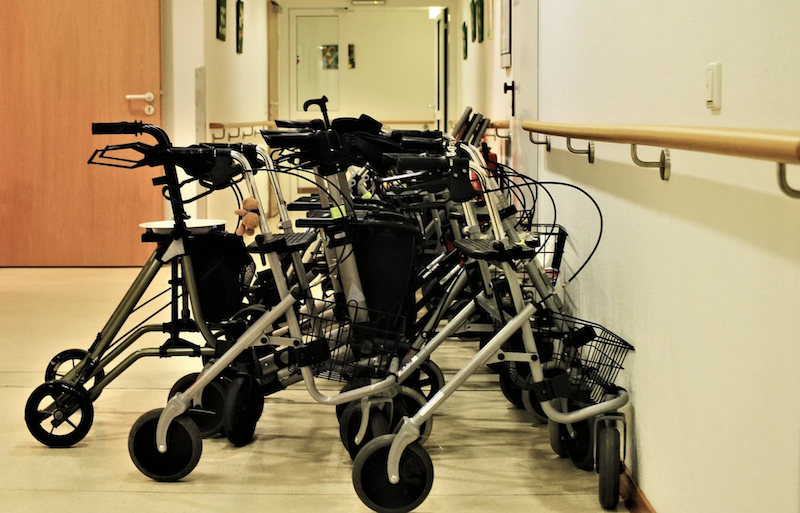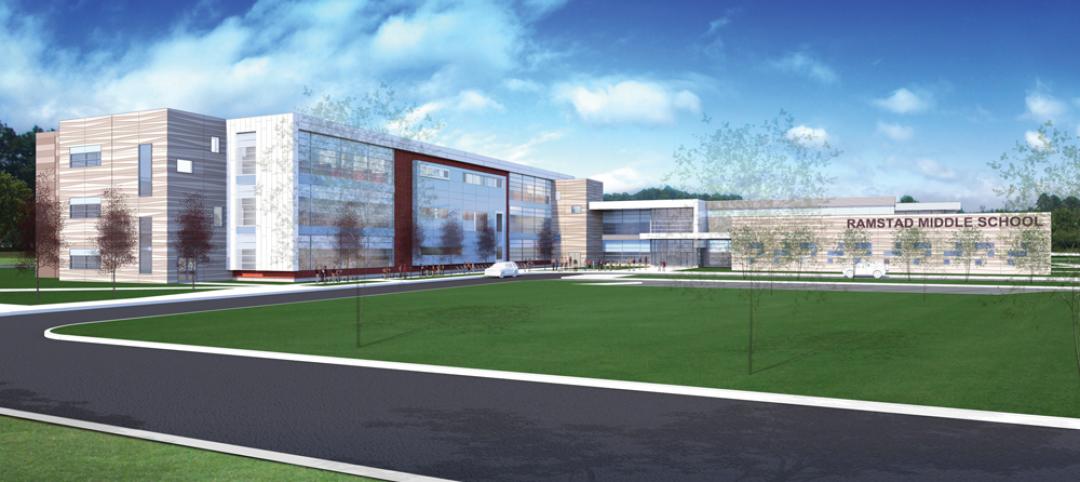OZ Architecture, an award-winning national architecture and design firm, today released the “Designing for Emergency Preparedness Insight Report”, which outlines design considerations that can help reduce the spread of disease and infection in older adult communities.
In recent years, many older adult communities have shifted away from the healthcare-oriented design of skilled nursing and hospitals in favor of spaces that provide a greater sense of community and emotional well-being. However, new design challenges have arrived as highlighted by the COVID-19 pandemic, showing that older adult populations can be highly susceptible to disease and infection spread in common living communities.
The “Designing for Emergency Preparedness Insight Report” lays out multiple design solutions that can be implemented during an emergency to reduce the spread of disease. Specifically, it provides actionable design solutions that can help reduce the transmission of germs through:
· Architectural design that lends itself to the compartmentalization of residents and staff;
· Mechanical, electrical and plumbing systems;
· Limiting outside sources from entering resident units, entering the community, or reducing the travel distance once inside;
· Interior design solutions; and
· Technology
“COVID-19 will have a drastic and lasting impact on senior living communities and will forever change the way we design and build spaces for older adults,” said Jami Mohlenkamp, principal at OZ Architecture, head of the firm’s Senior Living practice area and industry expert. “We can overcome many of the challenges associated with the spread of disease through design, while also continuing to create spaces that foster community and combat isolation. This report is designed to give operators a look at the future of design for older adult communities.”
Download the full report here: https://ozarch.com/2020/05/future-of-designing-for-emergency-preparedness-in-senior-living-communities/
Related Stories
| Jul 18, 2014
Top Architecture Firms [2014 Giants 300 Report]
Gensler, Perkins+Will, NBBJ top Building Design+Construction's 2014 ranking of the largest architecture firms in the United States.
| Jul 18, 2014
2014 Giants 300 Report
Building Design+Construction magazine's annual ranking the nation's largest architecture, engineering, and construction firms in the U.S.
| Jul 7, 2014
7 emerging design trends in brick buildings
From wild architectural shapes to unique color blends and pattern arrangements, these projects demonstrate the design possibilities of brick.
| Jul 2, 2014
Emerging trends in commercial flooring
Rectangular tiles, digital graphic applications, the resurgence of terrazzo, and product transparency headline today’s commercial flooring trends.
| Jun 30, 2014
Research finds continued growth of design-build throughout United States
New research findings indicate that for the first time more than half of projects above $10 million are being completed through design-build project delivery.
| Jun 18, 2014
Arup uses 3D printing to fabricate one-of-a-kind structural steel components
The firm's research shows that 3D printing has the potential to reduce costs, cut waste, and slash the carbon footprint of the construction sector.
| Jun 12, 2014
Austrian university develops 'inflatable' concrete dome method
Constructing a concrete dome is a costly process, but this may change soon. A team from the Vienna University of Technology has developed a method that allows concrete domes to form with the use of air and steel cables instead of expensive, timber supporting structures.
| May 29, 2014
7 cost-effective ways to make U.S. infrastructure more resilient
Moving critical elements to higher ground and designing for longer lifespans are just some of the ways cities and governments can make infrastructure more resilient to natural disasters and climate change, writes Richard Cavallaro, President of Skanska USA Civil.
| May 20, 2014
Kinetic Architecture: New book explores innovations in active façades
The book, co-authored by Arup's Russell Fortmeyer, illustrates the various ways architects, consultants, and engineers approach energy and comfort by manipulating air, water, and light through the layers of passive and active building envelope systems.
| May 19, 2014
What can architects learn from nature’s 3.8 billion years of experience?
In a new report, HOK and Biomimicry 3.8 partnered to study how lessons from the temperate broadleaf forest biome, which houses many of the world’s largest population centers, can inform the design of the built environment.

















